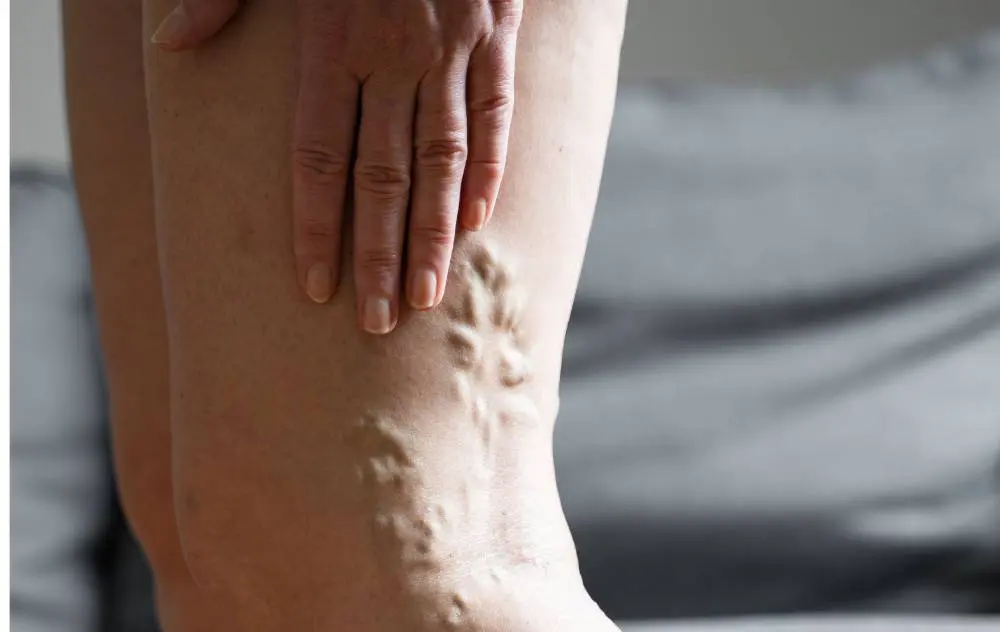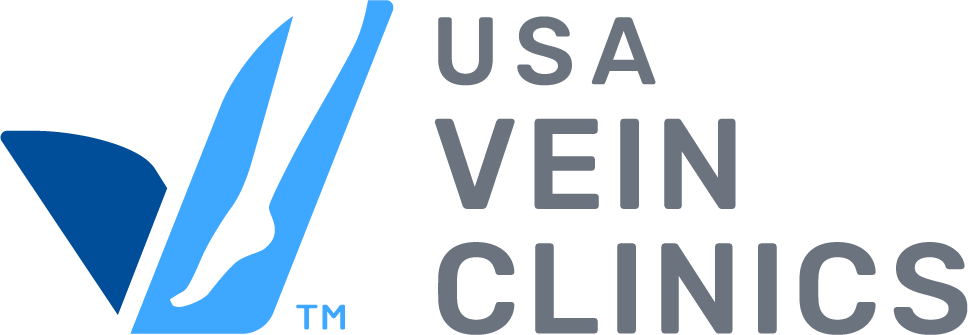
Understanding What Varicose Veins Feel Like
Varicose veins are a common condition that affects millions of people worldwide. These twisted, enlarged veins, often appearing in the legs and feet, can be more than just a cosmetic concern. They can also cause significant discomfort and pain. If you or someone you know is experiencing varicose veins, understanding what they feel like can be the first step towards managing and treating the condition.
What do varicose veins look like?
As blood accumulates due to malfunctioning valves, the veins may become swollen and twisted. They may not be raised in the beginning; however, over time they can become more prominent. Varicose veins can develop into enlarged, rope-like, or bulging vessels that travel up and down different parts of your legs. Although they can develop anywhere on the body, varicose veins most commonly develop on the thighs, calves, or ankles. These veins may also appear discolored, which can turn into a slow or non-healing wound also known as a venous ulcer.
The Initial Signs: Heaviness and Fatigue
One of the earliest sensations associated with varicose veins is a feeling of heaviness in the legs. This often occurs after standing or sitting for extended periods. Imagine carrying around extra weight on your legs all day; this is a common complaint among those with varicose veins. Alongside heaviness, many people report a sense of fatigue in their legs, making it feel as though their legs tire more easily than usual.
Aching and Throbbing: The Persistent Companions
As varicose veins progress, the sensations can become more pronounced. Aching and throbbing pain are frequent complaints. This pain is often described as a dull ache that can become sharper after prolonged periods of inactivity or too much activity. The throbbing can sometimes be felt as a pulsating sensation, especially at the end of the day or after standing for long periods.
Itching and Burning: The Irritation Factor
Varicose veins can also cause itching and burning sensations around the affected areas. This itching can be intense and is often localized around the veins themselves. The skin over varicose veins can become dry and itchy, leading to a persistent urge to scratch, which unfortunately can exacerbate the discomfort and lead to skin damage.
Swelling and Cramping: The Unwelcome Additions
Swelling in the lower legs and ankles is another common symptom. This swelling, known as edema, is caused by the pooling of blood in the veins, which can lead to increased pressure and fluid leakage into surrounding tissues. Along with swelling, muscle cramping, especially at night, can disturb sleep and add to the discomfort. These cramps can range from mild to severe, often waking individuals from their sleep.
Restless Legs: The Nighttime Challenge
Many individuals with varicose veins experience Restless Legs Syndrome (RLS), a condition characterized by an uncontrollable urge to move the legs, particularly at night. This can be incredibly disruptive to sleep, leading to insomnia and fatigue during the day. The exact cause of RLS is not fully understood, but it is often associated with chronic venous insufficiency, a condition commonly linked with varicose veins.
Skin Changes: The Visual and Sensory Impact
Over time, the skin around varicose veins can undergo significant changes. The skin may become thin, discolored, and more prone to injuries. These changes are often accompanied by a sensation of tightness or pressure in the affected areas. In severe cases, ulcers can develop, which are not only painful but also difficult to heal.
Do varicose veins hurt?
The short answer is: yes, they can. Everyone’s individual experience is unique; therefore, some people may not feel any discomfort, while others may struggle with chronic pain. On the surface, varicose veins may be tender to the touch or the pain may be felt deeper within the leg. Before treatment, patients reported that they often felt a deep aching or severe heaviness that made walking or exercising difficult.
- Other vein symptoms may include:
- Leg pain or cramping
- Heaviness or fatigue
- Swelling of the ankles or calves
- An aching or throbbing sensation
- Tingling or numbness
- Burning or itching
- Restlessness felt especially at night
- Skin discoloration or dryness
- Slow or non-healing wounds
- Difficulty standing or walking for long periods of time
This pain may range from mild to severe depending on how far your vein disease condition has progressed. If left untreated, your symptoms may worsen and become less bearable. Varicose veins can also cause pain if they turn into a venous ulcer. Venous ulcers are caused when the constant high pressure of unregulated blood flow causes skin to become damaged and fragile. Vein treatment can help prevent venous ulcers from reoccurring after they heal.
What causes varicose veins to be painful?
There are many factors that contribute to varicose veins becoming painful. Inflammation plays a major role in swelling and discomfort. During the warmer months, higher temperatures may dilate blood vessels causing more strain. An increased amount of blood pooling also contributes to leg pain. Many people find that elevating one’s legs or using compression stockings may temporarily help relieve leg pain and swelling; however, these are not effective solutions.
Until you can fix the root of your pain, your symptoms may continue to get worse. Treating underlying venous insufficiency can help reroute blood flow to healthy veins, in order to improve overall leg circulation.
Vein Disease Treatment
Endovenous Laser Treatment (EVLT) effectively treats venous insufficiency by targeting the diseased veins with laser energy. EVLT helps improve circulation, so you can get back to living a healthier, more active life.
At USA Vein Clinics, our patients are provided with the expertise, compassion, and commitment to the care they deserve. If you are experiencing leg pain or other symptoms, reach out to our team today to learn more about our treatment options, doctors, and locations.





